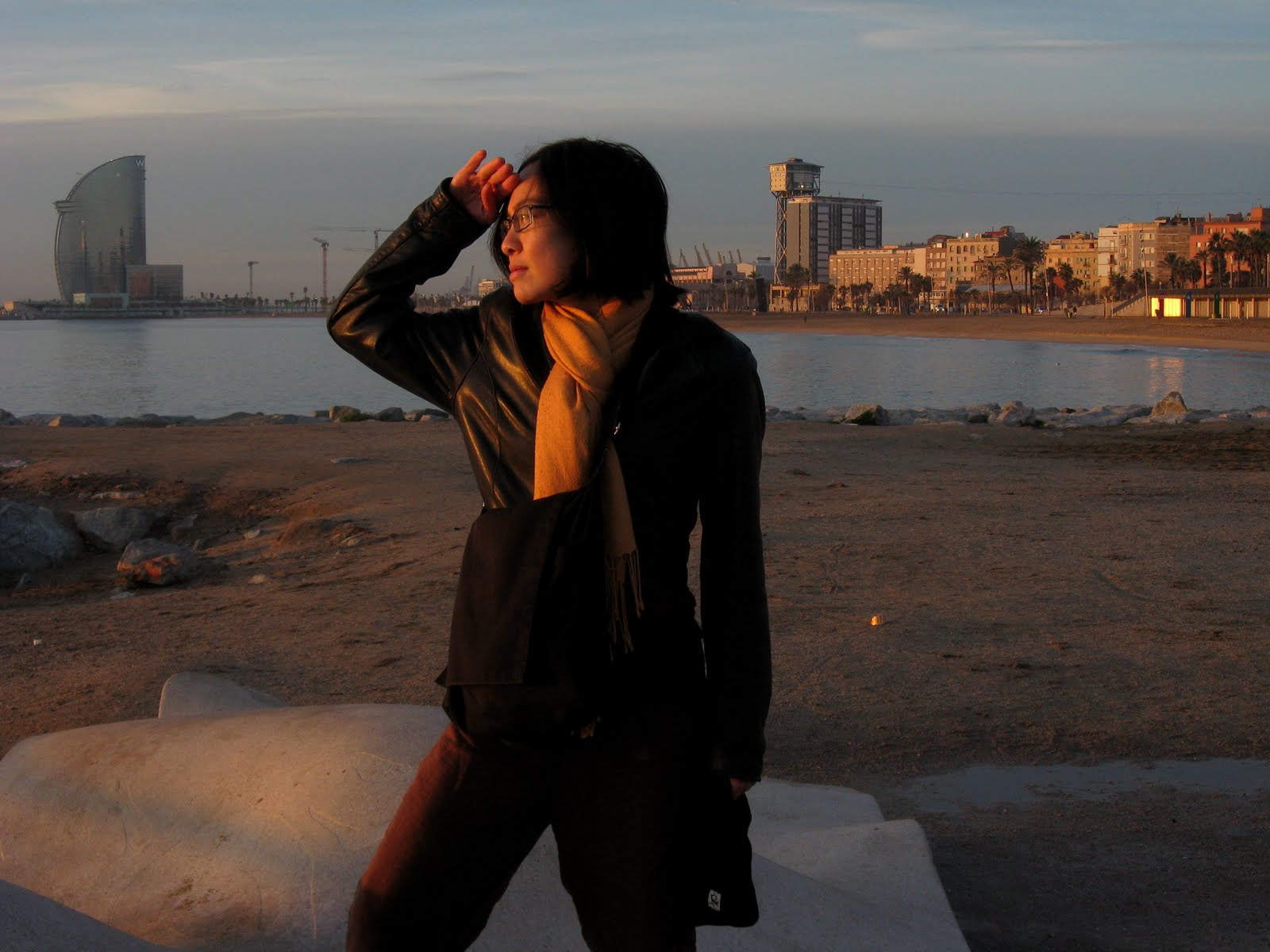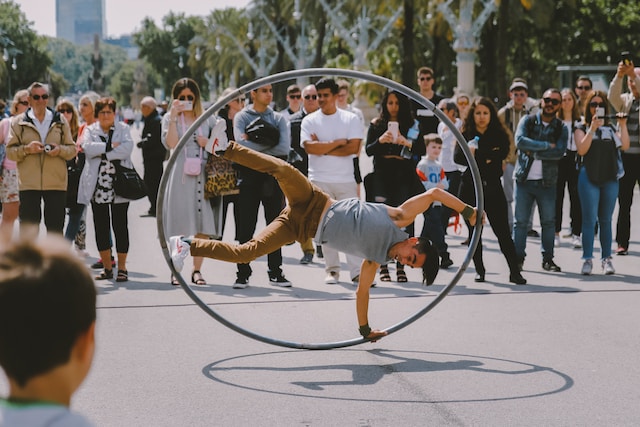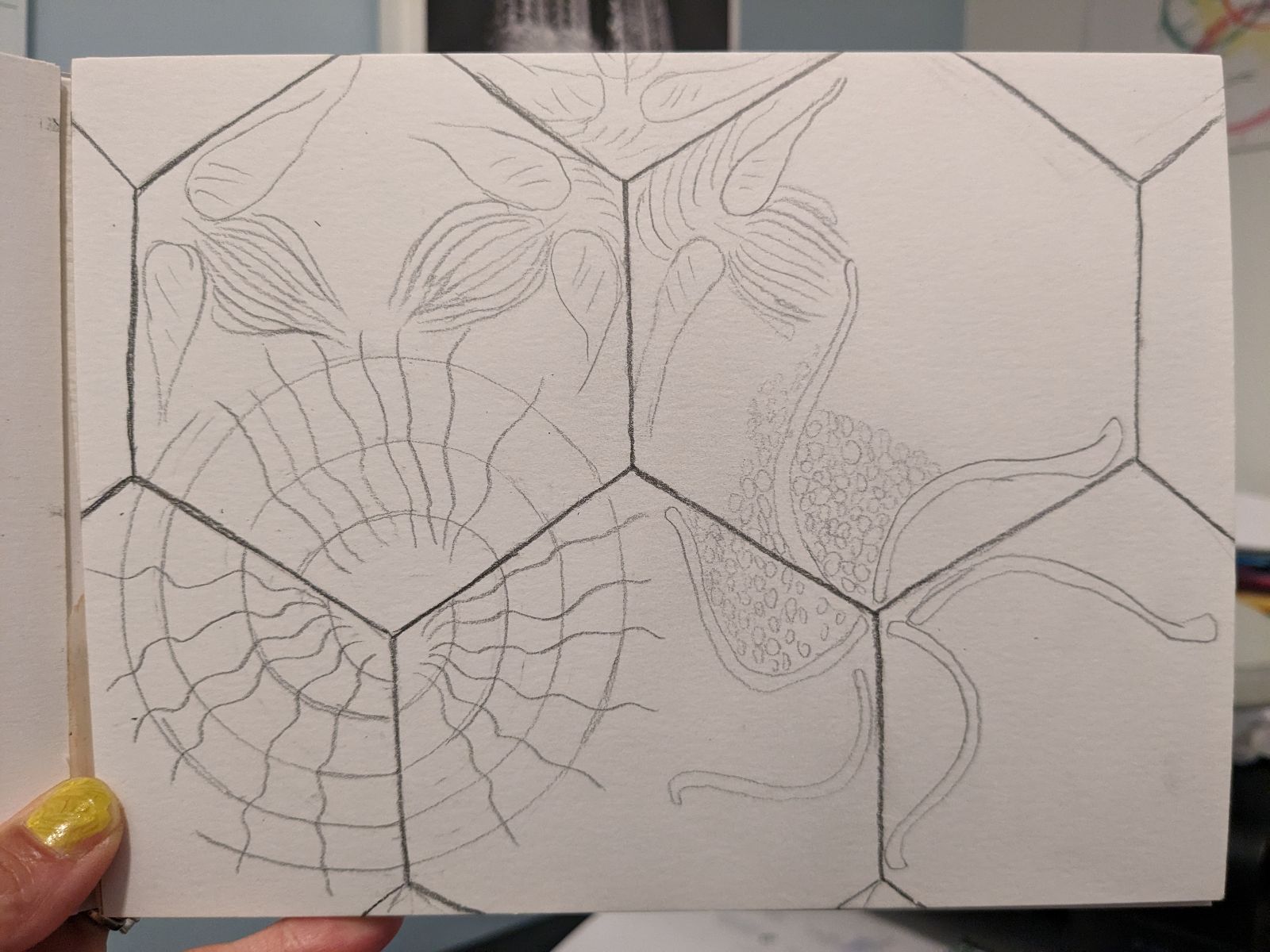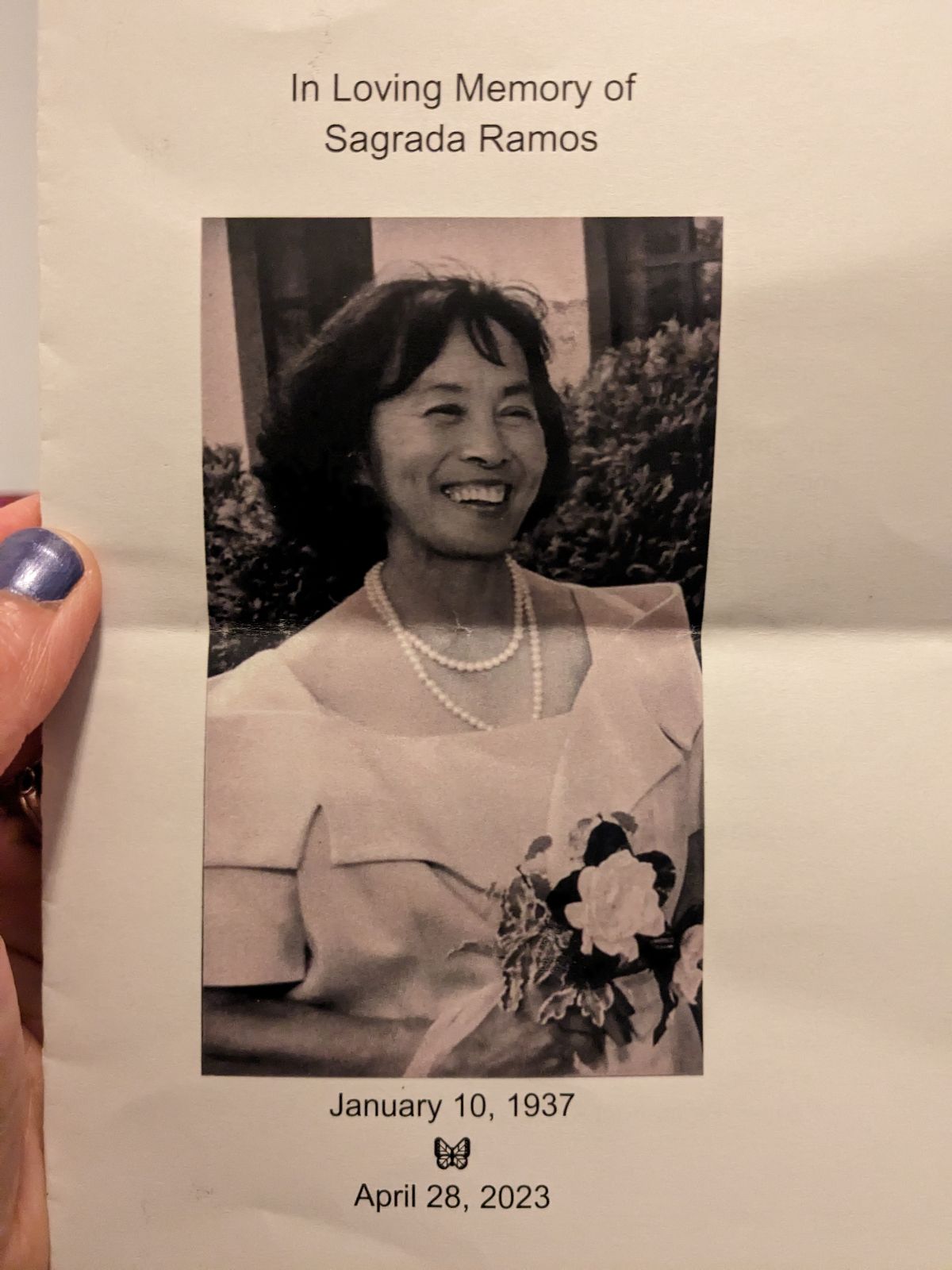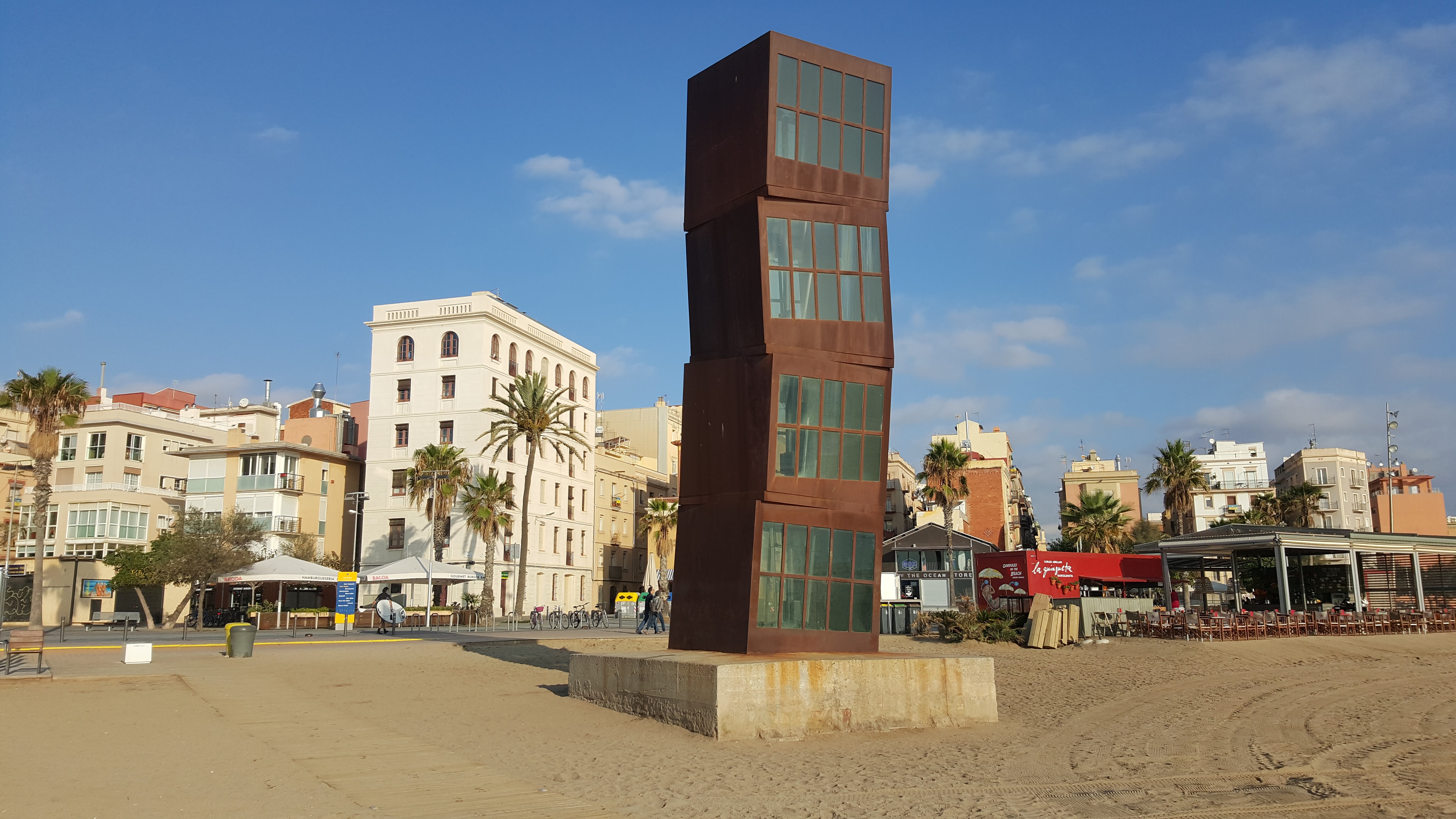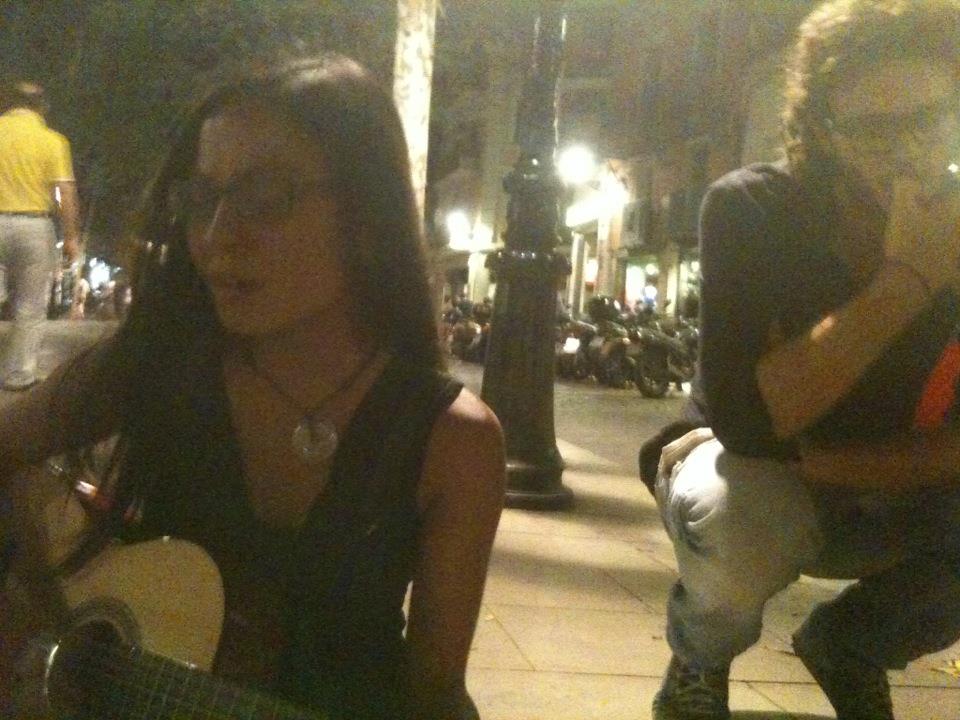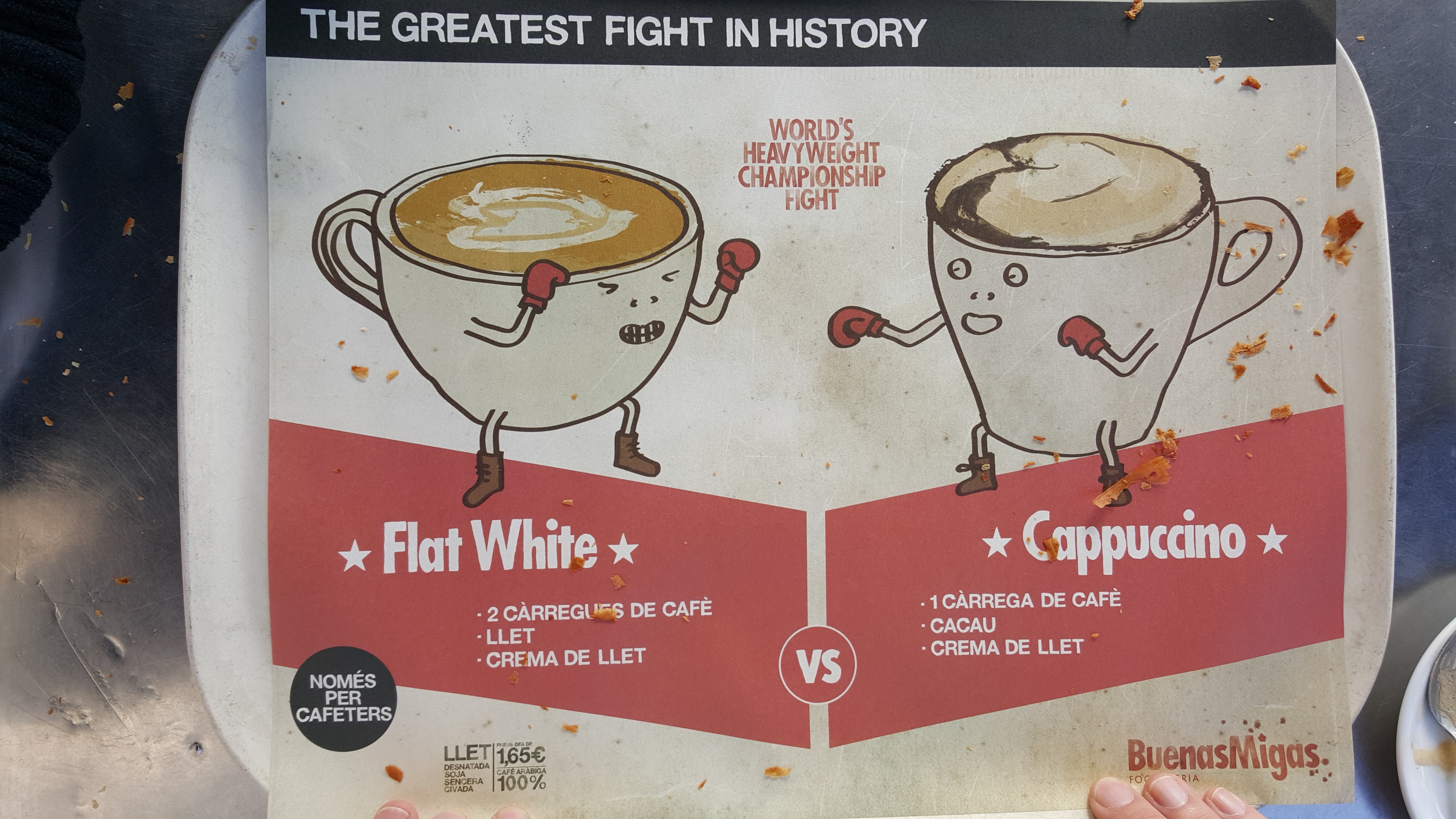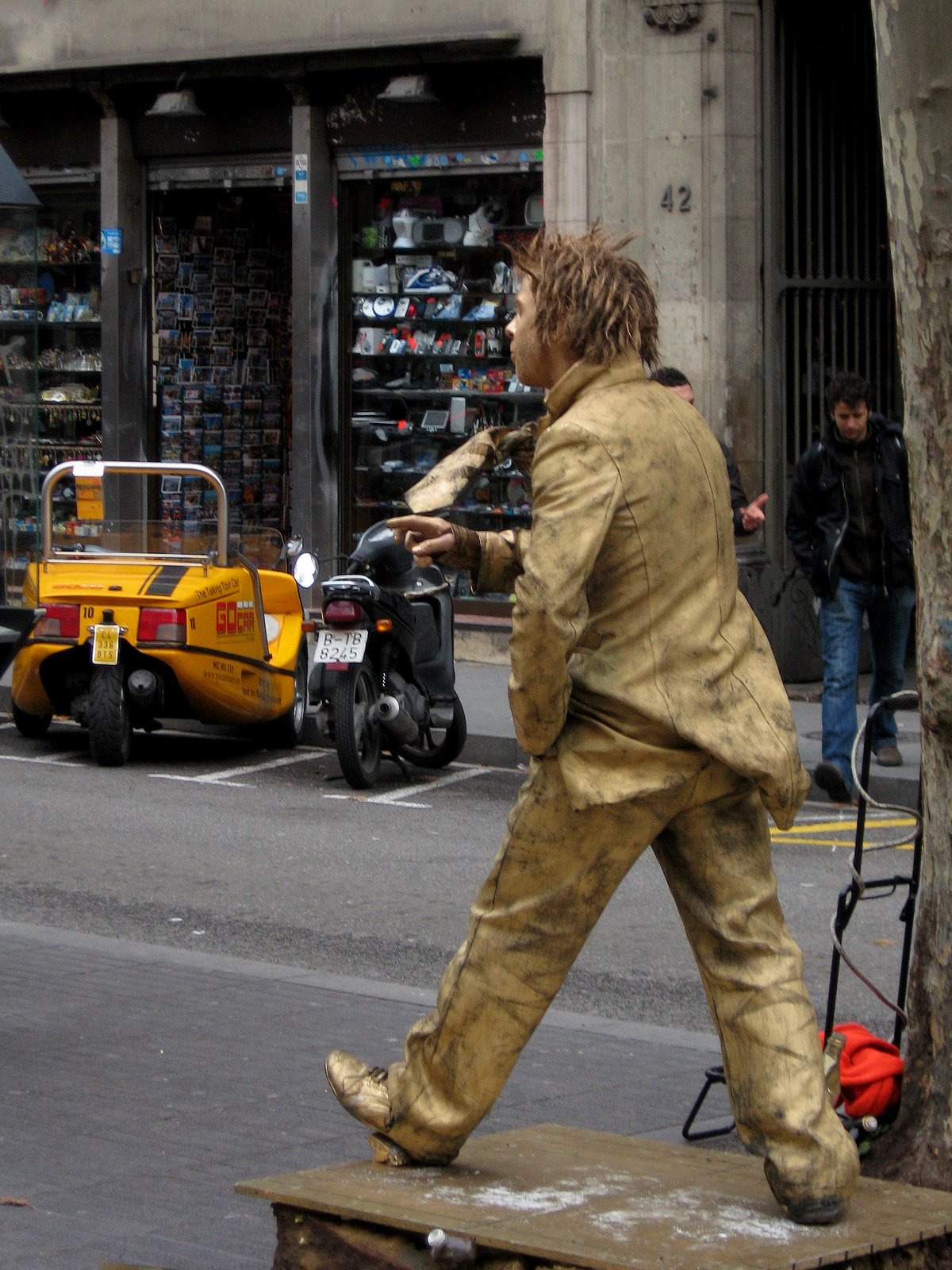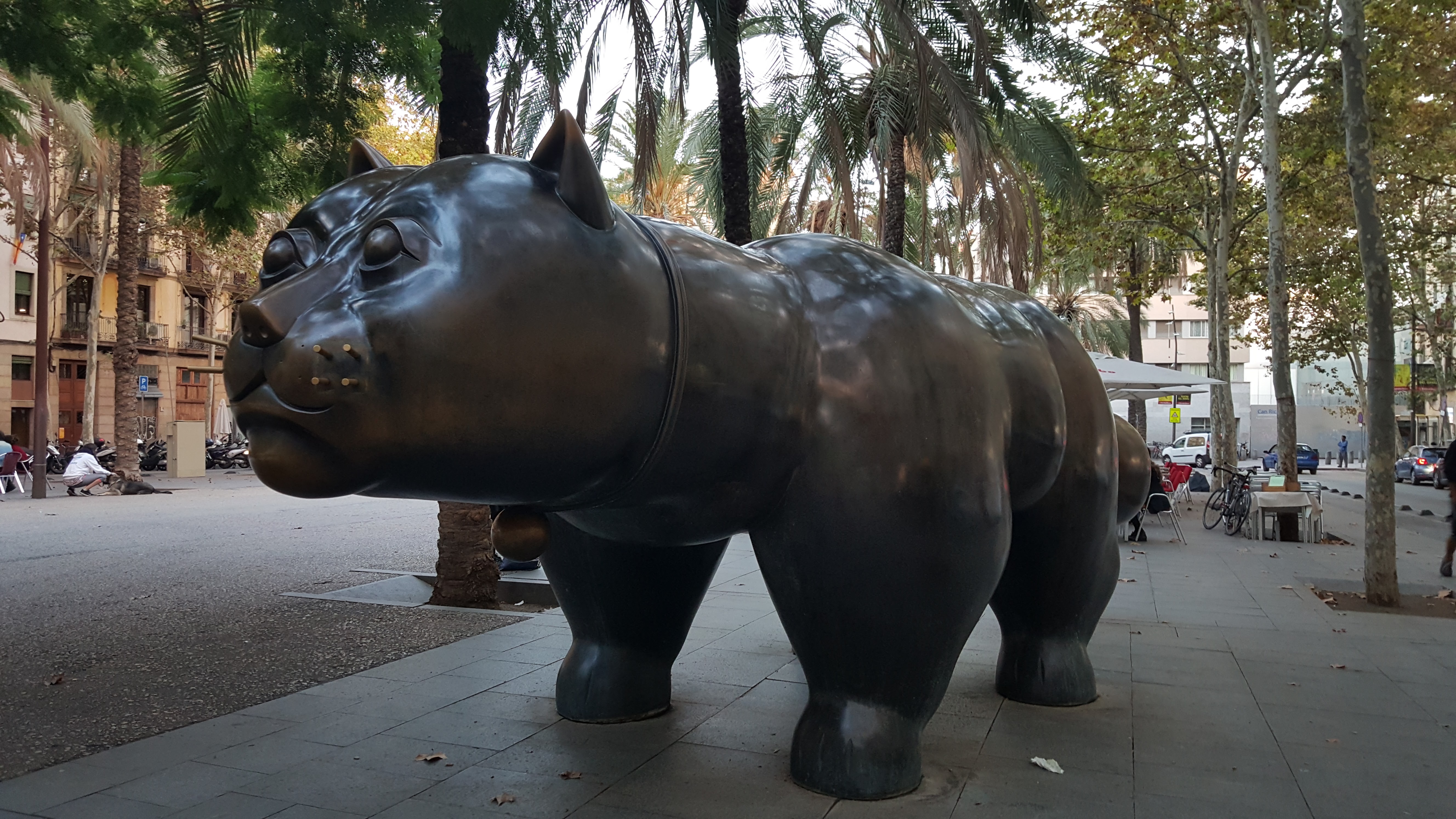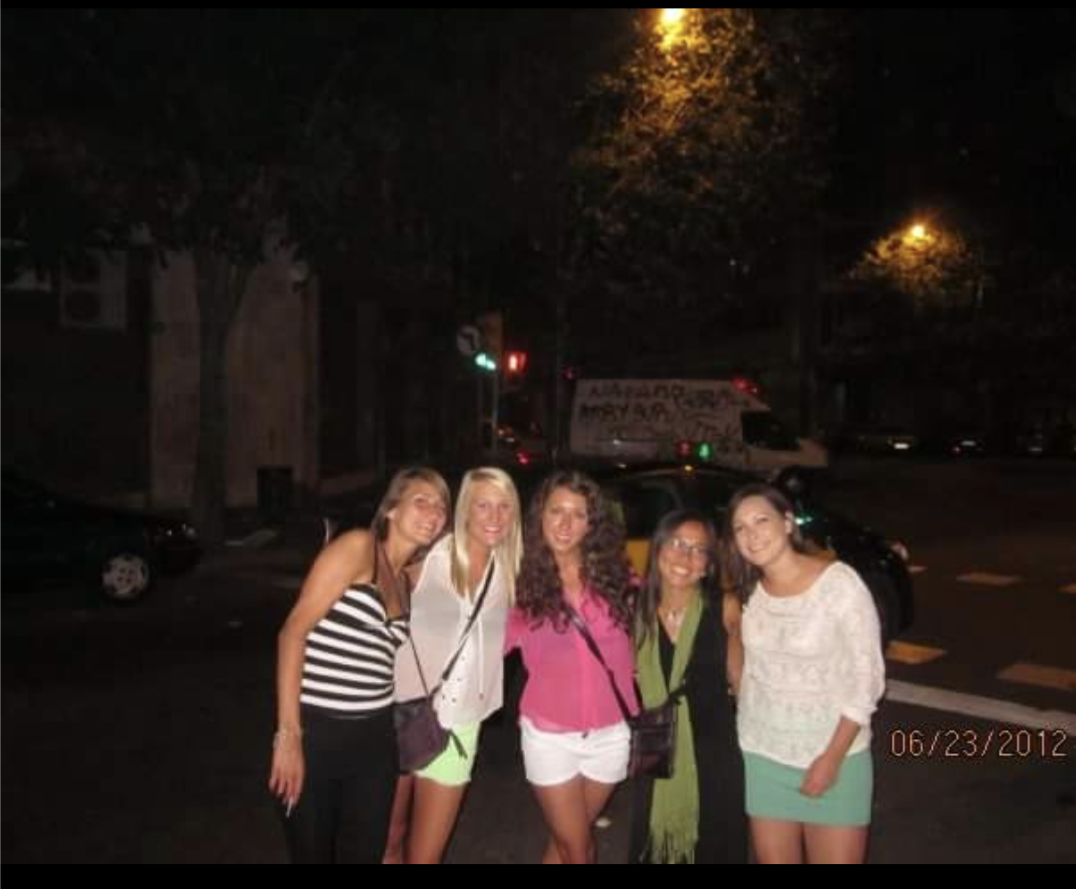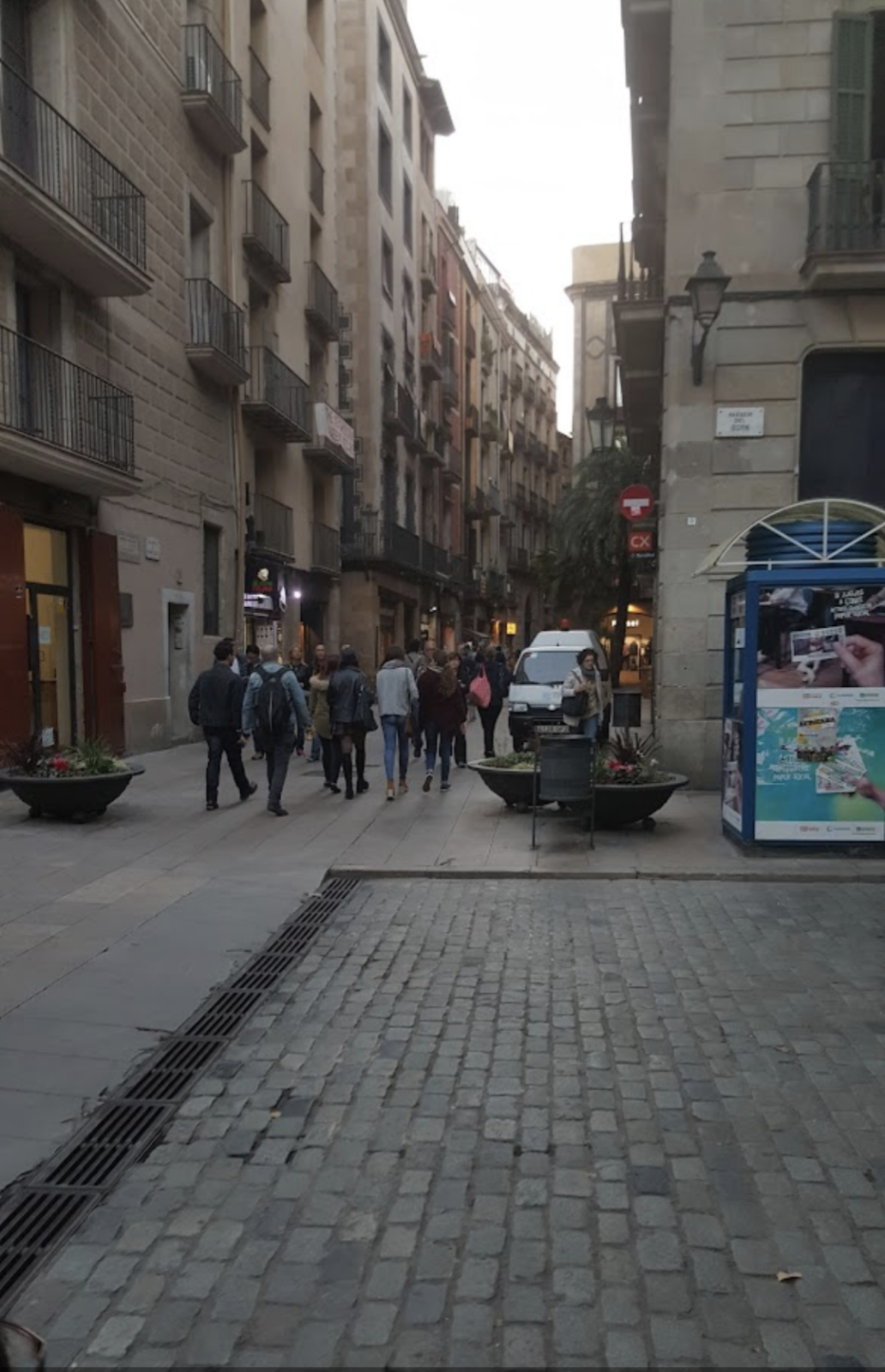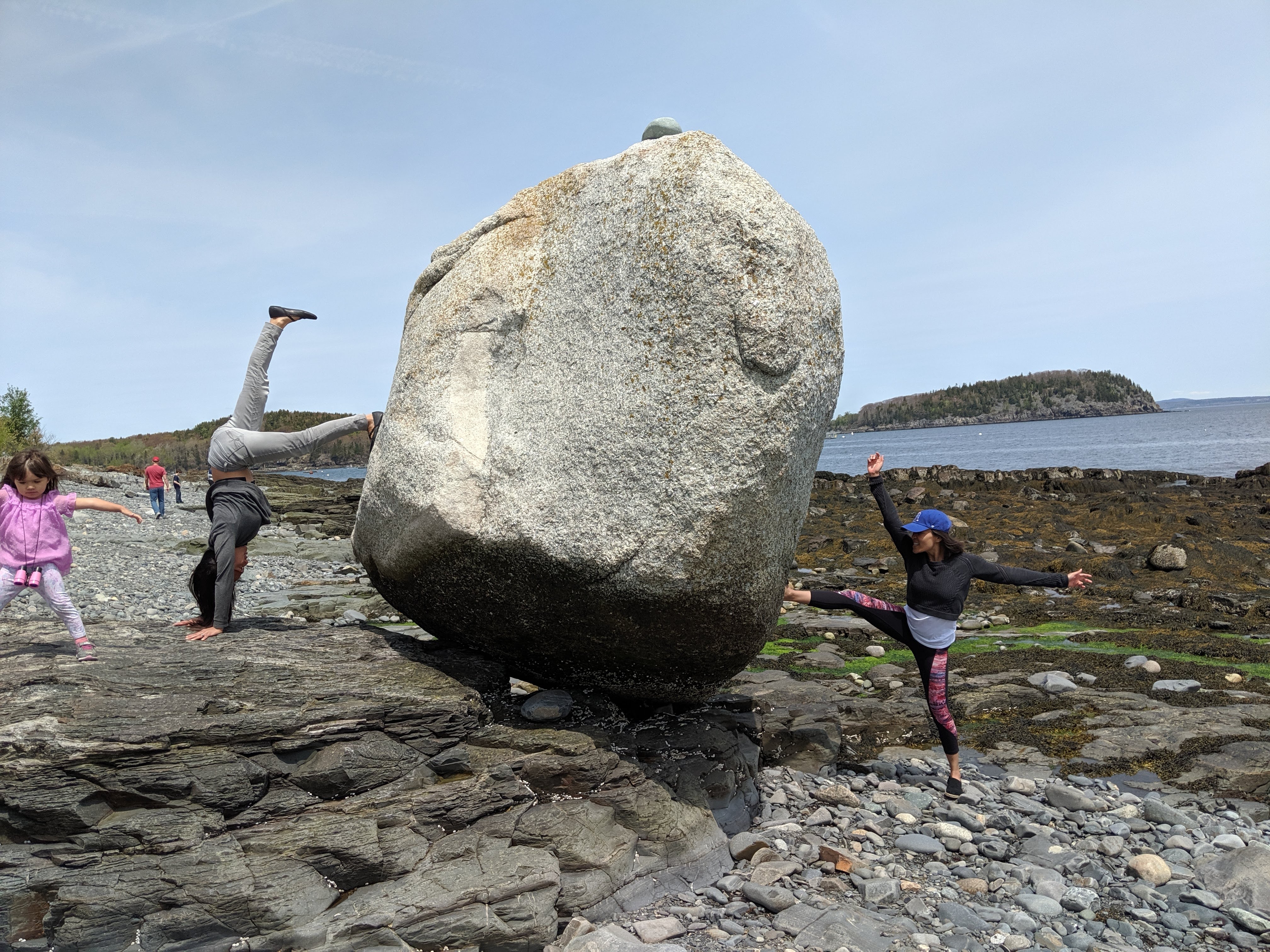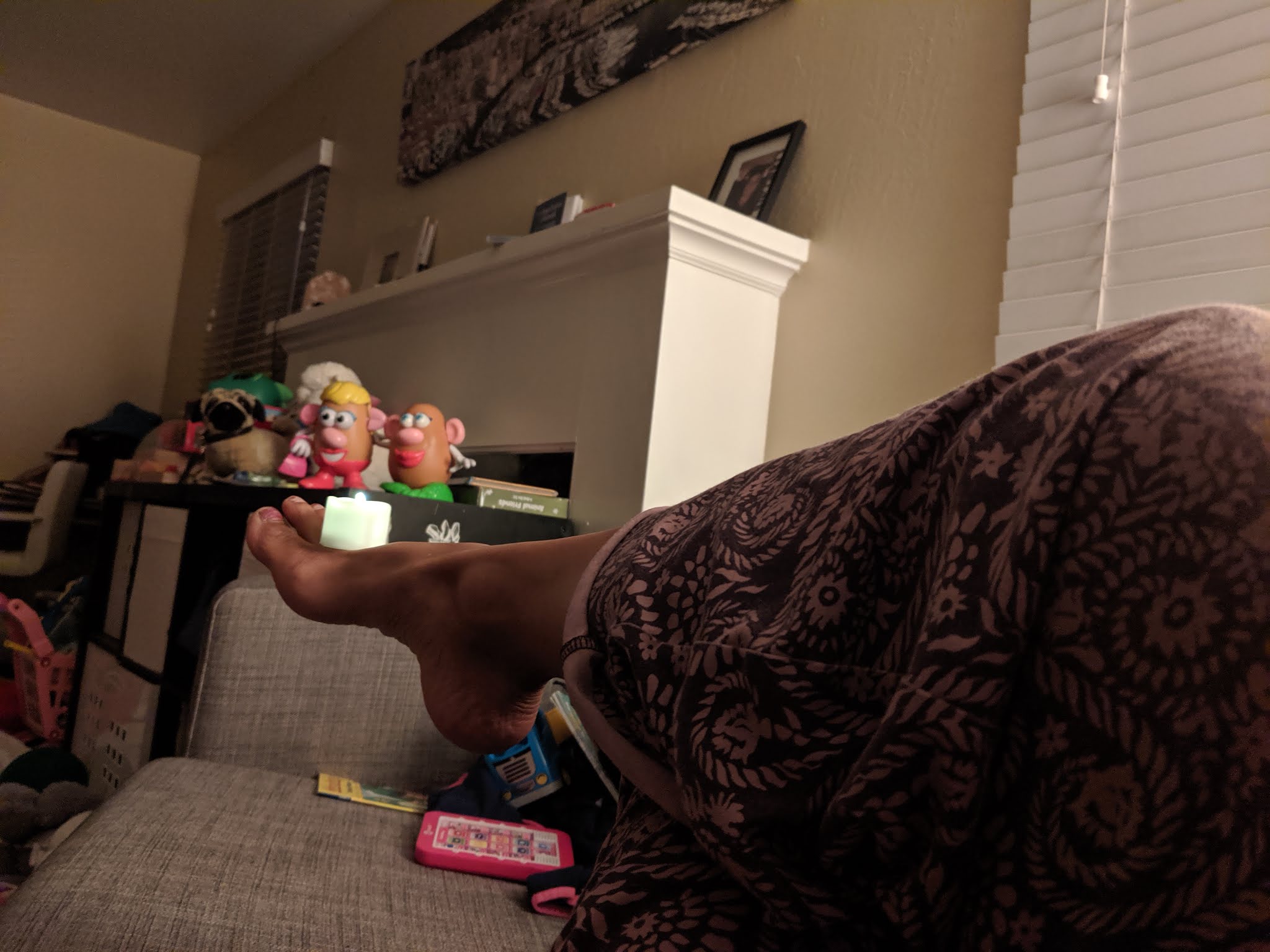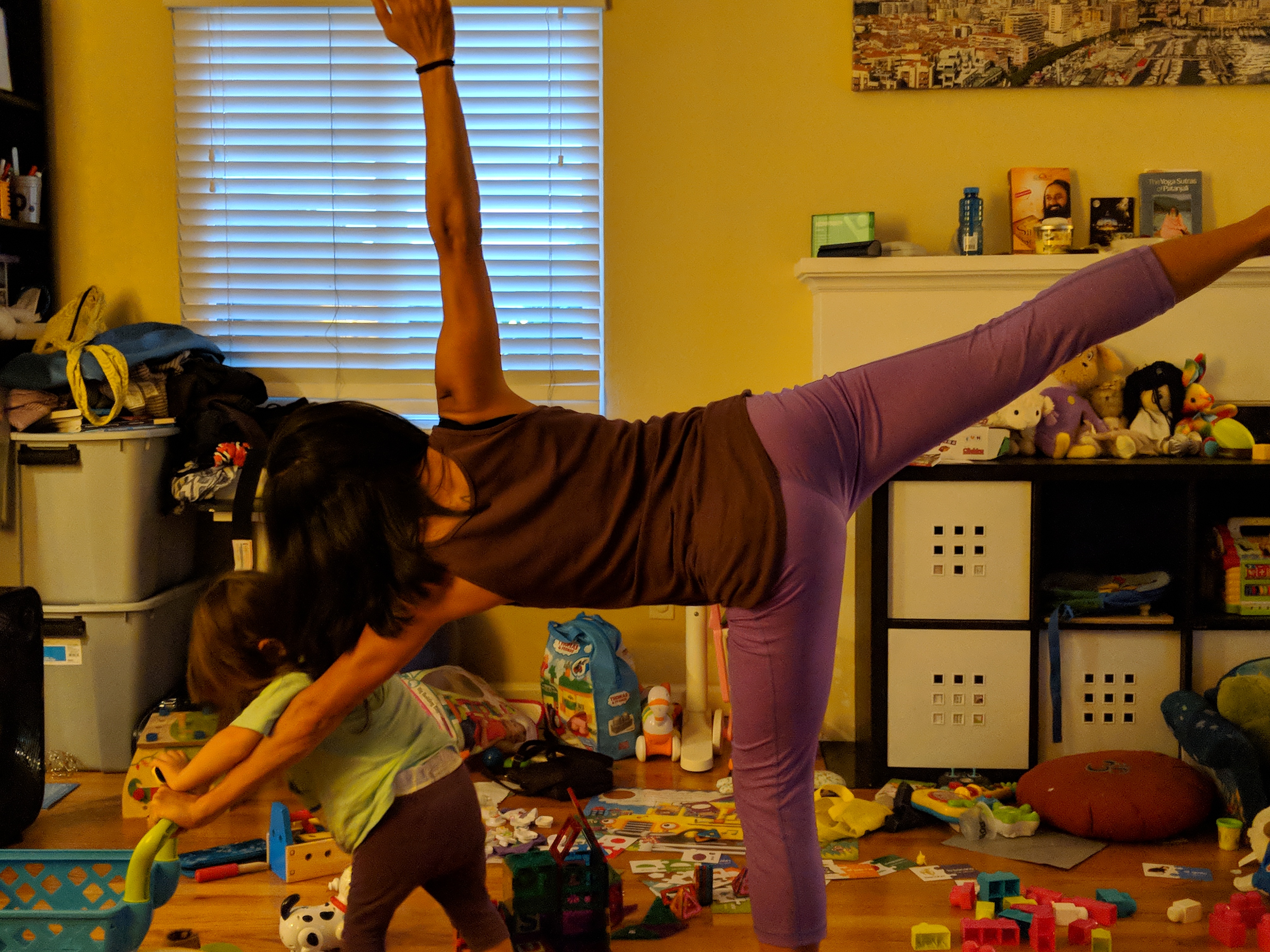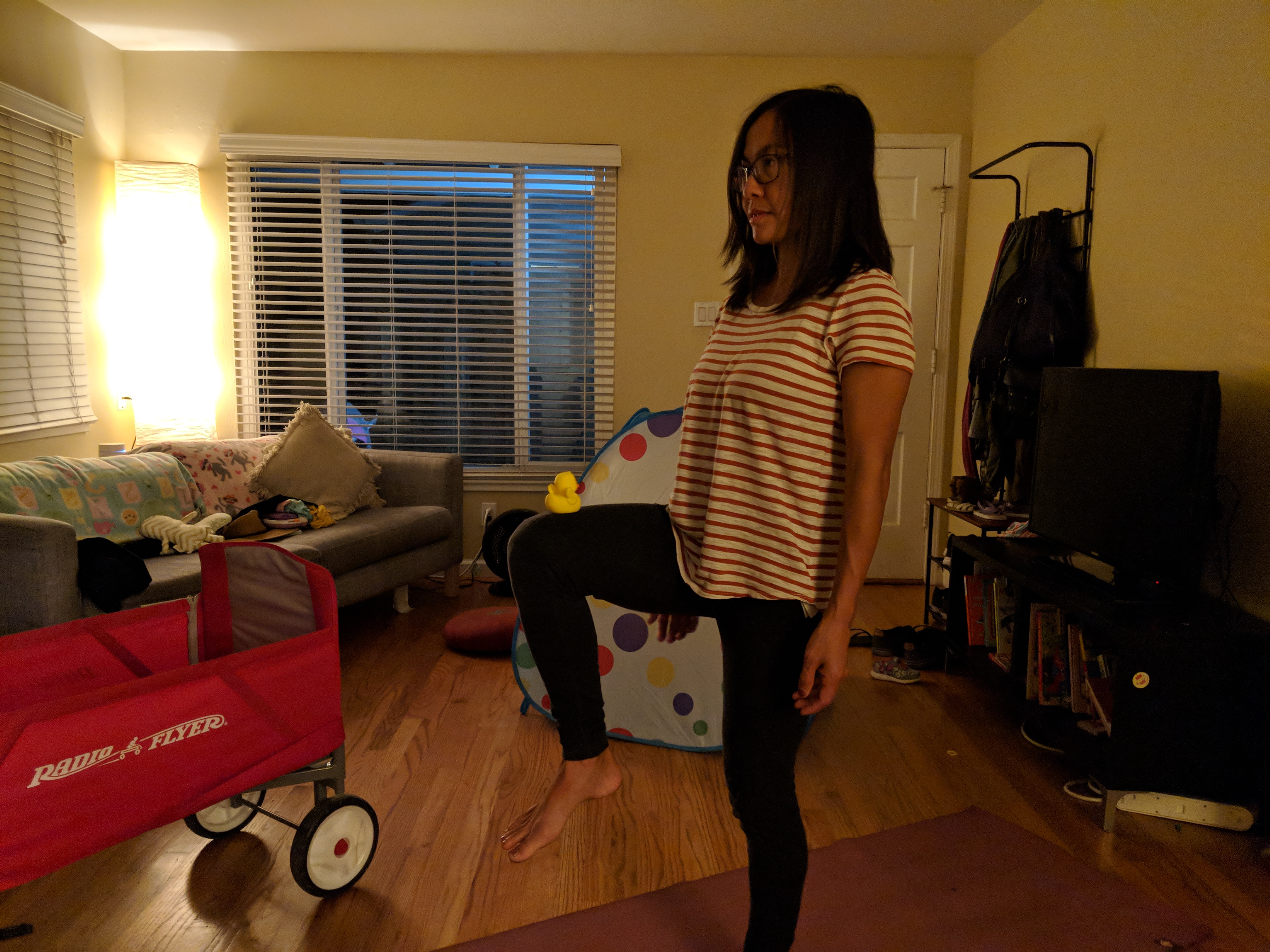The Things We Don't See
March 26, 2024
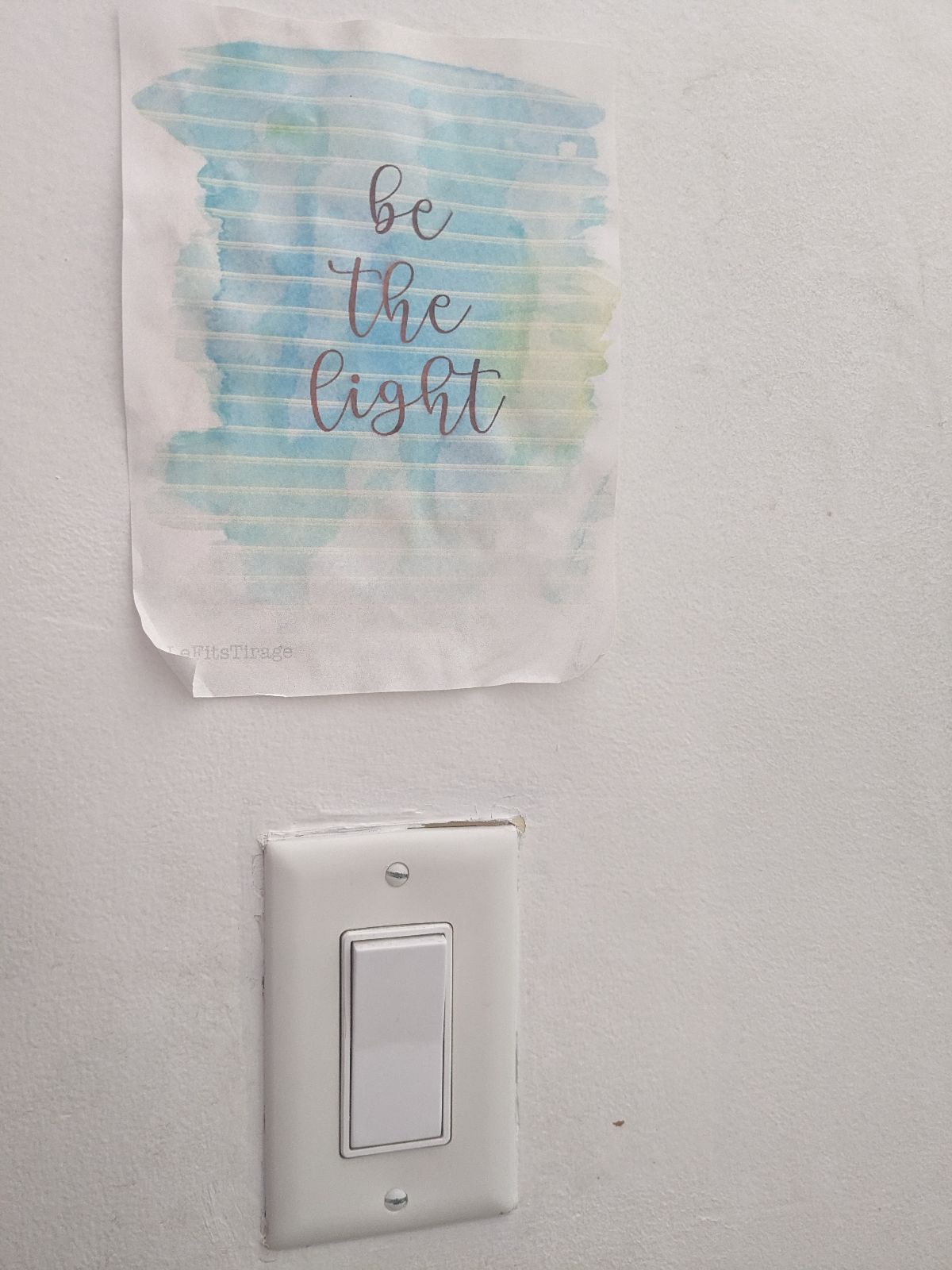
A few years ago I put this little sign above this light switch to remind myself to take a moment to pause, breathe, and remember that I have light, even when I feel surrounded in darkness.
Darkness really isn’t so bad, especially when we remember it’s just part of the picture. I love that quote that says, “We are all broken. That’s how the light gets in.” (Did Hemingway really say that? Who said it? Does it actually matter?). Just as I write this, though, I wonder about the inverse: maybe a crack in our surface is a chance for the light to get out (from within); and the emphasis is that, the crack is on the surface, not on the core parts of ourselves.
But anyways…back to the light switch. After a while I stopped seeing that sign. And even when I did notice it, it wasn’t necessarily having the effect I wanted. I wasn’t pausing, breathing, and acknowledging my inner light at all. Instead, I’d see the sign, realize I’d been not noticing for a long time, and then feel worse about myself. It would make me feel out of it, like I’m in such a funk that I can’t even notice the little things that bring joy.
But maybe that’s it - I’m waiting to see the big signs of joy, but in the process, I’m blocking out all the little things. I even noticed at one point, in times of stress, that I tend not to make eye contact with my family. It’s literally like I have my head down and blinders on, trying to just get through things to some hypothetical moment when I can relax, when everything will be done and perfect (ha!).
Which brings me to this point: seeing sometimes requires some effort at looking. Sometimes we’ll see something we’re not looking for (which is magical and wonderful in its own way), but if I’m trying to set an intention, weave it into my life, and change something (either externally or internally), there’s that little bit of effort. Slowing down is so important here, to notice not only what sort of effort needs to be in place, but also, when to put that effort into the mix and when to let go so that other influences around me can co-create with me (since we all don’t have 100% control).
But maybe seeing is also about feeling. There’s that quote that seeing is believing, which can be true, but what if we just don’t see? What if the inverse were sometimes true (believing is seeing, or if we believe something, we are more likely to see it)? Or what if focusing on how we feel through experiences helped us to slow down so that we would see more clearly?
This all reminds me of a little conversation with an online group of mamas that I’m so lucky to be a part of. Someone in that group mentioned gratitude practice and how sometimes it felt difficult or contrived. Others chimed in and talked about how they tried to think of how real gratitude felt in their bodies so they could connect with the authentic feeling (instead of just being intellectually grateful). It seems to me that ‘Being the Light’ requires feeling the light or seeing it, but maybe it doesn’t. Maybe it’s just an act of remembering the light, even if it feels like a distant dream. Am I overthinking this?
These are my thoughts in the wake of yesterday’s full moon. There’s so much here that connects to my creative process: how can I create something without a vision of it? Of course, sometimes I have to stumble in the dark a bit before I come upon a spark of insight. But then, how do I keep the flame burning after that spark? How do I create emotional, personal connection with my work?
Honestly, I’m very emotionally attached to my work. Even so, I have blind spots and that’s where friends come into the picture. I recently had a good friend read the entire manuscript of my WIP, Heads or Tails, and how lovely it was to bring that story out of the dark and have another human being experience that story that I’ve been wrestling with for almost 12 years. The thing is, it’s taken me 12 years to fictionalize Heads or Tails because it is based on my own experiences and I was so emotionally attached to that phase of my life. So it is more than just maintaining emotional connection to my work — it’s also about letting go and sort of making the story relatable to other people Then it becomes not only my story, but yours, too. Then I become the light, even if it means taking a few steps into the dark side (which I do in Heads or Tails), but then, oh, how bright that light is after the darkness.
Thanks for reading my ramblings. It’s so refreshing to share this without worrying if it’s perfect, cohesive, or fully clear. I hope it at least inspires you to reflect on what it means to be the light…or to try to find the proverbial light switch to turn on when you’re done being in the darkness.
